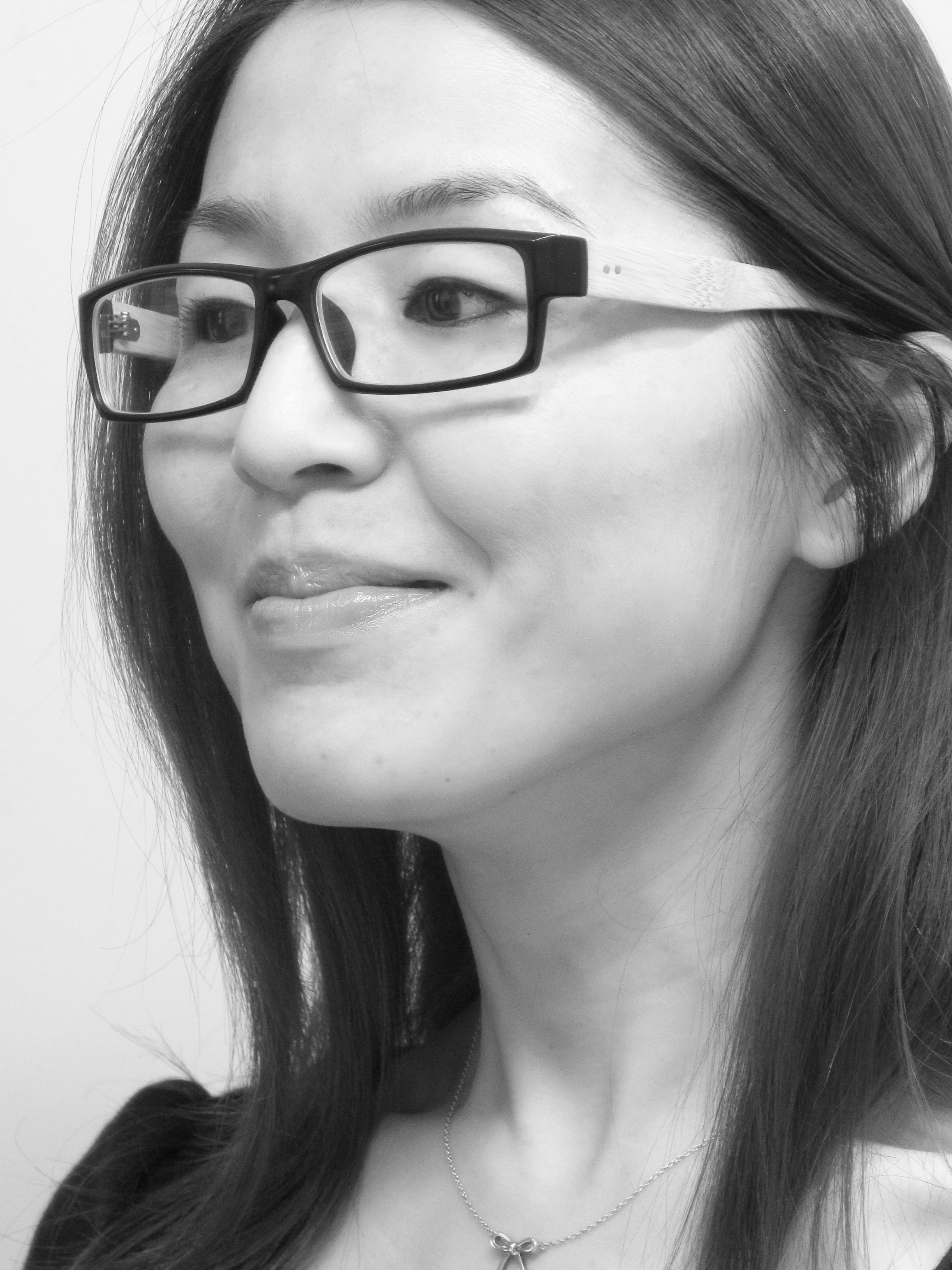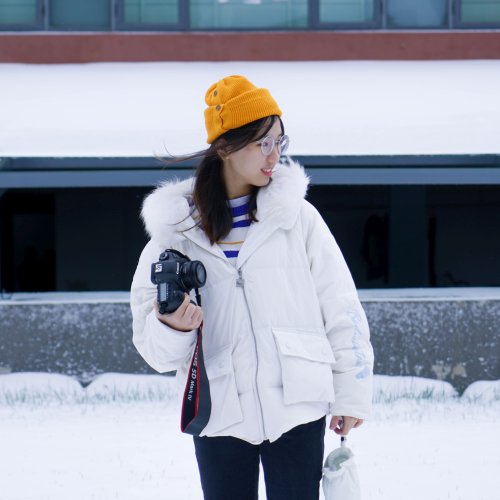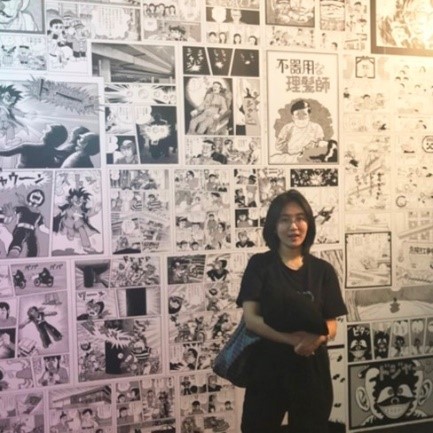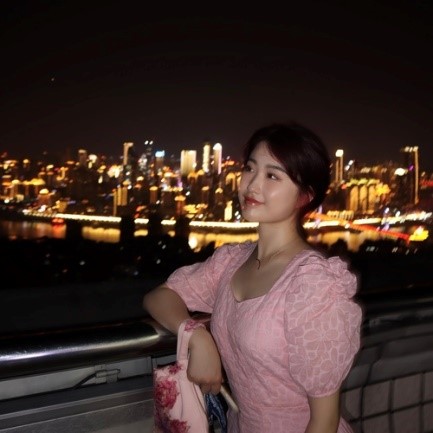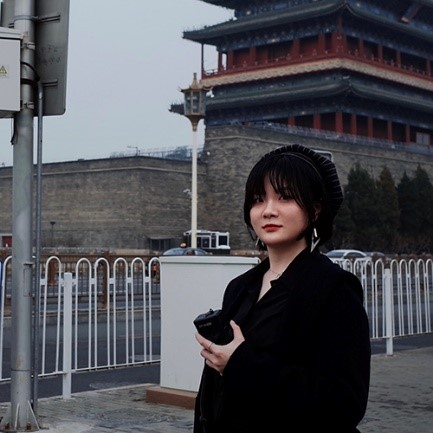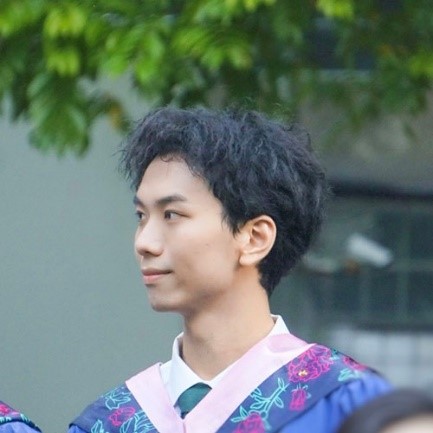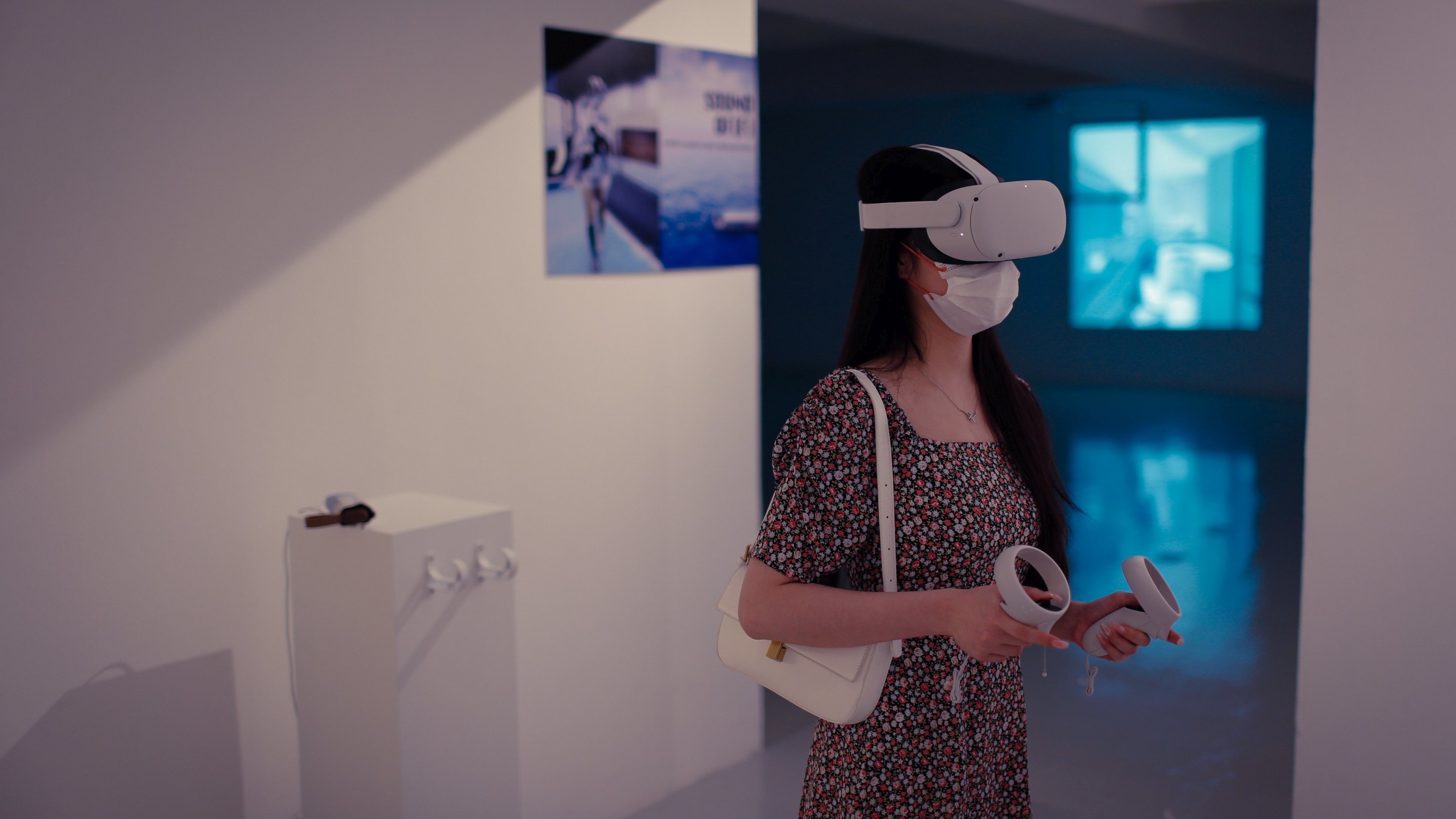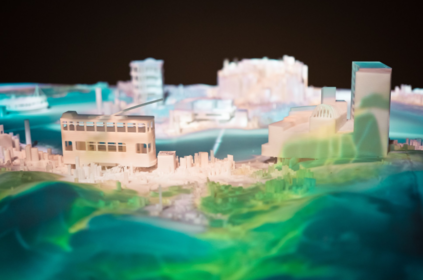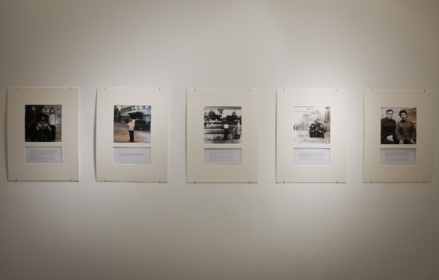STUDIO FOR NARRATIVE SPACES is a collective of creative practitioners at City University of Hong Kong School of Creative Media who work with neuroscientists, roboticists, performers, designers, architects to tell immersive stories and grasp how human behaviors are shaped by environmental storytelling. We investigate the way modifications of physical and virtual spaces affect human perception and behavior, in the context of the way people frame interactions with machines in narrative form.
Traditional media rely on one-directional influences such as a video or book to evoke emotional responses, but interactive media instead rely on the participant's own intrinsic motivation to affect the experience, creating a more immersive experience that is also more likely to create actionable changes. These interactive strategies lie at the core of our fascination with the way humans collaborate with, and are influenced by, machines in the context of the environment. This research will investigate the way humans interact with current technologies, collaboratively, and in different spatial contexts, using four main technical arrangements: smart homes, artificial intelligence, immersive media (VR), and robotics. This follows from the PI’s previous publications and research outputs that focusses on these four main aspects of human, machine and environmental interaction.
More information could be found in our website https://recfro.github.io/
Principal Investigator: RAY LC
Co-Investigator: Lam Miu Ling
PROJECTS
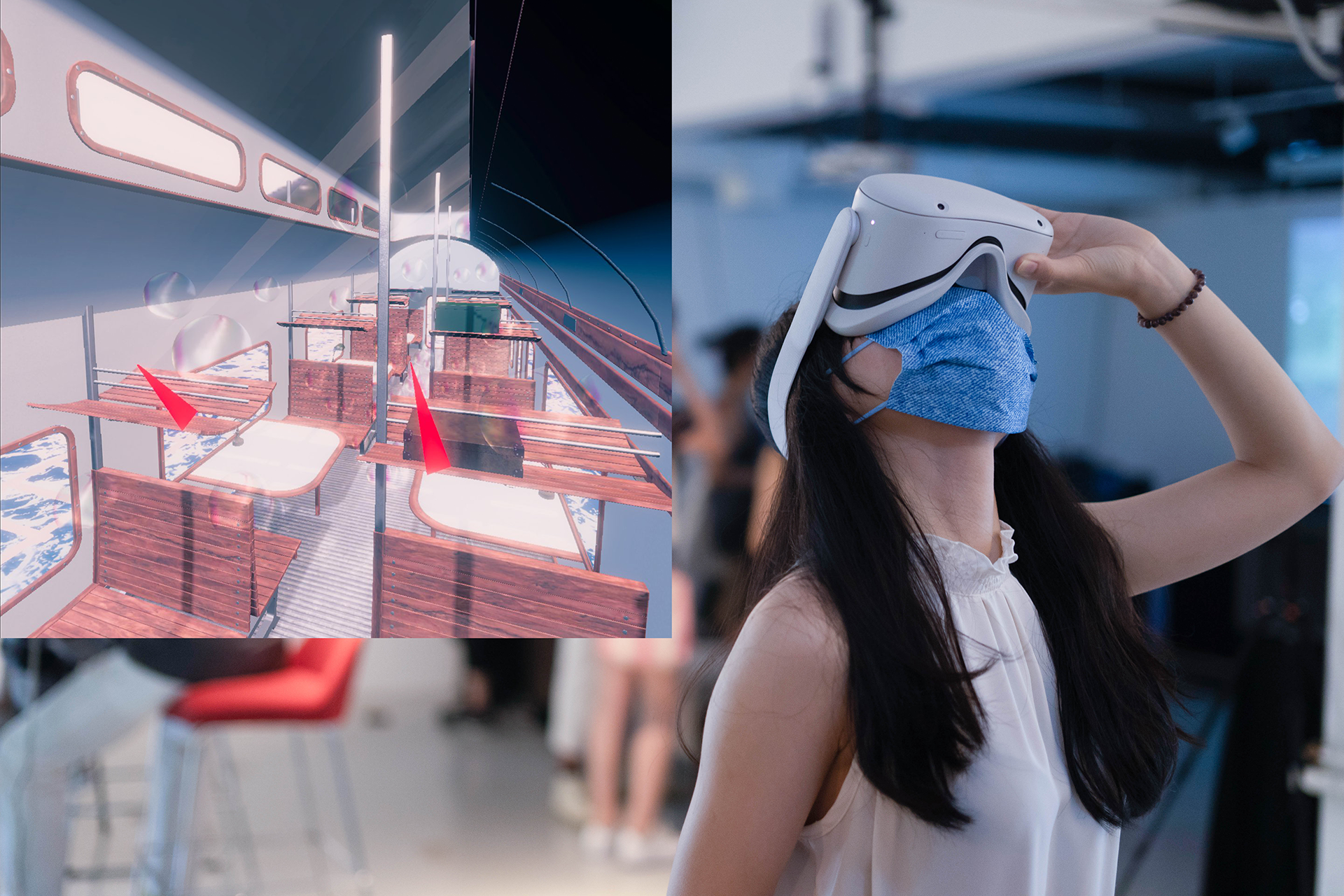
Applying digital (VR) and physical environments for human collaborative purposes, enhancing human-machine collaborative work, or inducing emotional responses or rehabilitating human mental illness. This has resulted in work looking at how human-robot interactions change based on seating arrangement, mixed reality approaches to active game play, VR spaces for systematic desensitization therapy approaches in speech therapy, comparison of digital and physical interventions in augmented spaces. On-going projects include Configuration of Space, with Dr. Zhicong Lu (CityU CS) on the way digital spaces like Ohyay uses configurations to change human-human collaboration and drives changes in perception; Virtual Diagnostics, with Dr. Julian Lai (CityU Psyc) on the use of VR games to assess potential fear of intimacy and isolation mental disorders in youth populations; Empathy for Refugee in VR, on active navigation in navigating refugee environments for fostering empathy; Weaved Wearable Sensors for VR, using tangible wearable components for detecting stress and anxiety in the context of VR rehabilitation.
Key publications:
- LC R, Friedman N, Zamfirescu-Pereira JD, and Ju W. (2020) “Agents of Spatial Influence: Designing incidental interactions with arrangements and gestures.” HRI '20 Workshop: The Forgotten HRI: Incidental encounters with robots in public spaces. In 2020 ACM IEEE International Conference on Human-Robot Interaction.
- Liu Y, Si Y, LC R, Harteveld C. (2021) “cARd: Mixed Reality Approach for a Total Immersive Analog Game Experience.” In: Arai K., Kapoor S., Bhatia R. (eds) Proceedings of the Future Technologies Conference (FTC) , Vol. 2. Advances in Intelligent Systems and Computing, vol 1289.
- LC R and Fukuoka Y. (2019) “Machine Learning and Therapeutic Strategies in VR.” ARTECH 2019: Proceedings of the 9th International Conference on Digital and Interactive Arts. Braga, Portugal: 42, 1-6.
- Coutu Y, Chang Y, Zhang W, Sengun S, and LC R. (2020) “Immersiveness and usability in VR: a comparative study of Monstrum and Fruit Ninja.” In Bostan: Game User Experience and Player-Centered Design. International Series on Computer Entertainment, Springer.
- LC R, and Monir F. (2020) “A Case for Play: Immersive Storytelling of Rohingya Refugee Experience.” Media-N Journal of the New Media Caucus. Issue on NEoN Digital Arts Re@ct Social Change Art Technology. Dundee, UK. Online.
Key personnel:
- RAY LC, Lina Zhang, Luoying Lin, Zhicong Lu (collab), Julian Lai (collab).
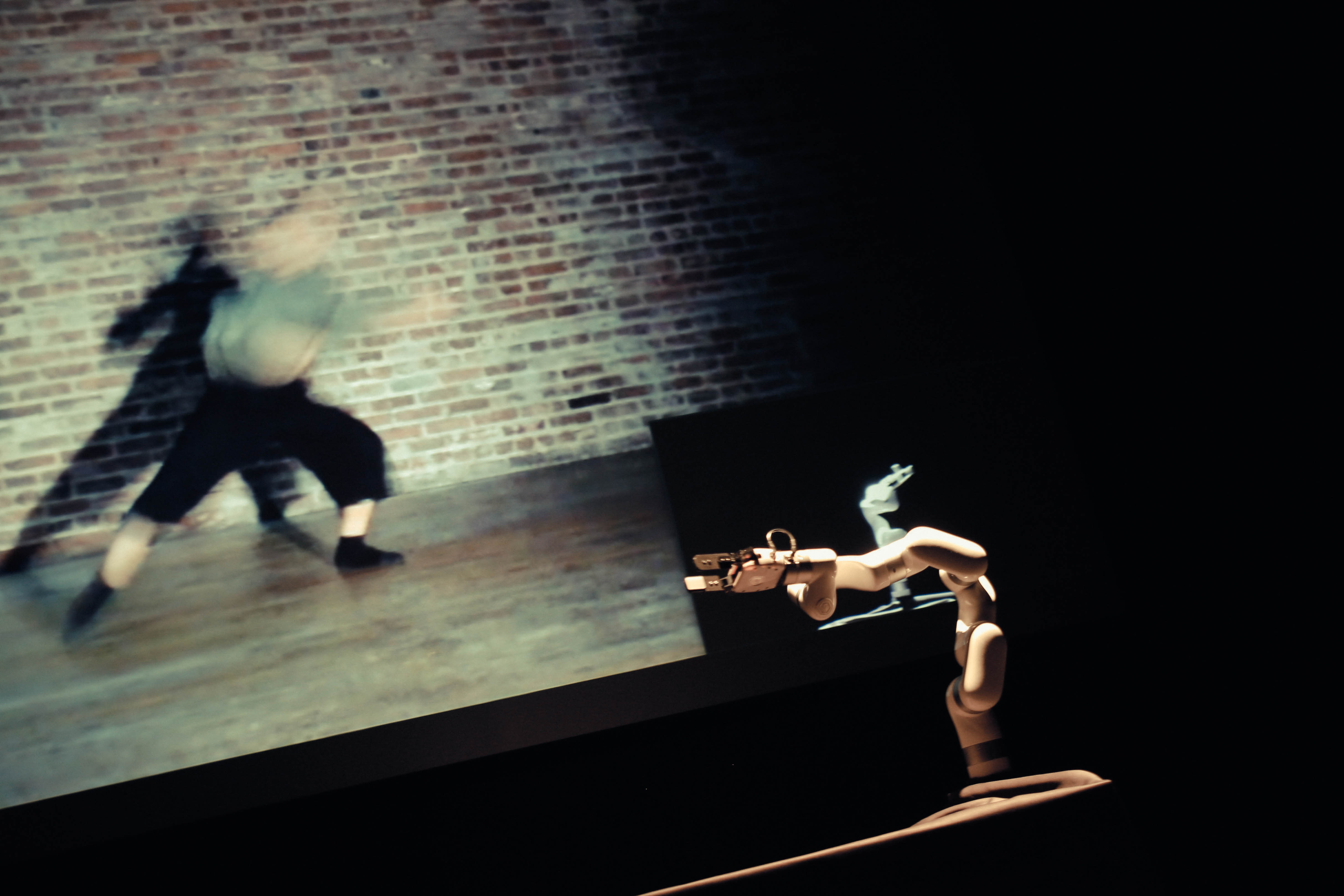
Study machine movement gestures to affect human perception and behavior, using both physical and virtual testing strategies. This has resulted in work investigating perception of robot-robot dynamics during game play, signaling robot personality through appearances like clothing, using robotics to aid self-identification psychologically, investigating multi-robot signalling with observers, prototyping strategies using video and VR for human-robot interaction. On-going projects include Social Rejection in Robot-Robot-Human Interaction, using video and robot arms to study how group dynamics affect interpretation of being rejected by robots; AI as Active Writer, with Dr. Toby Li (Notre Dame) on human perception of collaborative expressive machine writing agent on a digital platform; Presentation of Self in Machine Life on human-machine dance performance through virtual and physical telepresence and expressive gestures of a robot arm; Select on moral responses of digital game characters; Connected Gaze on audience-machine collaboration using interactive gestures in telepresence spaces for performing arts. We would also love to collaborate with Dr. Alvaro Cassinelli on the machine emotional gestures projects.
Key publications:
- LC R, Benayoun M, Lindborg PM, Xu HS, Chan HC, Yip KM, Zhang TY. (2021) “Power Chess: Robot-to-robot nonverbal emotional expression applied to competitive play.” ACM ARTECH 2021: Proceedings of the 10th International Conference on Digital and Interactive Arts. Alveiro, Portugal: 13-15 October. ACM, NYC.
- Friedman N, Love K, LC R, Sabin JE, Hoffman G, Ju W. (2021) “What Robots Need From Clothing.” In ACM Designing Interactive Systems Conference (DIS’21). June 28-July 2.
- LC R, Alcibar A, Baez A, and Torossian S. (2020) “Machine Gaze: Self-Identification Through Play With a computer Vision-Based Projection and Robotics System.” Frontiers in Robotics and AI: Human-Robot Interaction.
- LC R. (2021) “Now You See Me, Now You Don’t: Revealing personality and narratives from playful interactions with machines being watched.” Proceedings of the 15th International Conference on Tangible, Embedded, and Embodied Interaction (TEI’21).
- Zamfirescu-Pereira JD, Sirkin D, Goedicke D, LC R, Friedman N, Mandel I, Martelaro N, Ju W. (2021) “Fake It to Make It: Exploratory Prototyping in HRI.” Companion Proceedings of the 2021 ACM IEEE International Conference on Human-Robot Interaction (HRI’21).
Key personnel:
- RAY LC, Hongshen Xu, Zijing Lillian Song, Toby Li (collab).

The way we interact with more ubiquitous robots in the future will involve human-like emotional interactions. For example, what happens if we interrupt a robot at work, and the robot stares at us? Our work investigates how groups of social robots in the environment react in human-robot collaborative contexts. In one example recent work for HRI, we investigated the cohesiveness of robot groups, termed entitativity, and how it affects humans' willingness to engage with the group and alter their perception of threat and cooperativity. To see how group composition affects how people perceive negative social intent from robots, we showed subjects videos of ways that humans are socially rejected by robots under high and low entitativity conditions. The results reveal that when robotic groups are have less entitativity (cohesiveness), the sense of rejection is greater, showing that humans experience increased anxiety over being rejected by more diverse groups of agents. We seek to understand how the social consequences of robot group dynamics are perceived, and hence avoid unanticipated conflict and negative perception of robot responses.
For more information, please visit https://recfro.github.io/pubs/
Hong Kong Arts Development Council Cultural Exchange Grant: Venezia Contemporanea Scala Mata; Principal Investigator; HKD37,400; 3 months.
Research Grants Council General Research Fund (GRF): MOTION RESEARCH: Performing and Designing with Human-Robot Collaborative Movement Choreographies (11607623); Principal Investigator; HKD 574,354; 24 months.
Chow Sang Sang Group Research Fund: AI-Robotics-Enabled Co-Learning Spaces; Principal Investigator; HKD200,000; 24 months.
Hong Kong Arts Development Council Cultural Exchange Grant: Kyoto Design Lab and FabCafe Kyoto; Principal Investigator; HKD45,600; 6 months.
Innovative CityU Learning Award: using Ohyay platform for collaborative narration
People

